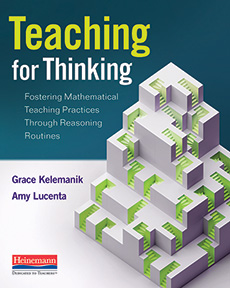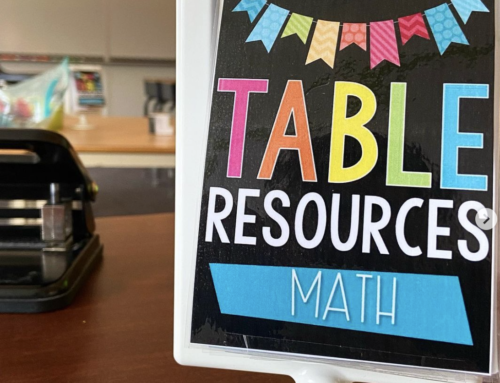Hello everyone! Many teachers are always on the lookout for new ways of doing things. We want new ways to engage students in our content, new ways to plan, and new ways to assess. We want something that will take our class to the next level.
If this is you, then concept based instruction just might be what you need to fire up your class work assessment, and planning!
Kass Haut, otherwise known as @heymshaut on Instagram and TikTok, is here to tell us about how she discovered concept based instruction, what it is, and how it has changed her teaching.
Personally… I’m excited to hear and learn more already!
Enjoy!

Teaching our children to think and reason mathematically is a challenge, not because students can’t learn to think mathematically, but because we must change our own often deeply-rooted teaching habits. This is where instructional routines come in. Their predictable design and repeatable nature support both teachers and students to develop new habits.
In Teaching for Thinking, Grace Kelemanik and Amy Lucenta pick up where their first book, Routines for Reasoning, left off. They draw on their years of experience in the classroom and as instructional coaches to examine how educators can make use of routines to make three fundamental shifts in teaching practice:
- Focus on thinking: Shift attention away from students’ answers and toward their thinking and reasoning

- Step out of the middle: Shift the balance from teacher-student interactions toward student-student interactions
- Support productive struggle: Help students do the hard thinking work that leads to real learning
With three complete new routines, support for designing your own routine, and ideas for using routines in your professional learning as well as in your classroom teaching, Teaching for Thinking will help you build new teaching habits that will support all your students to become and see themselves as capable mathematicians.





